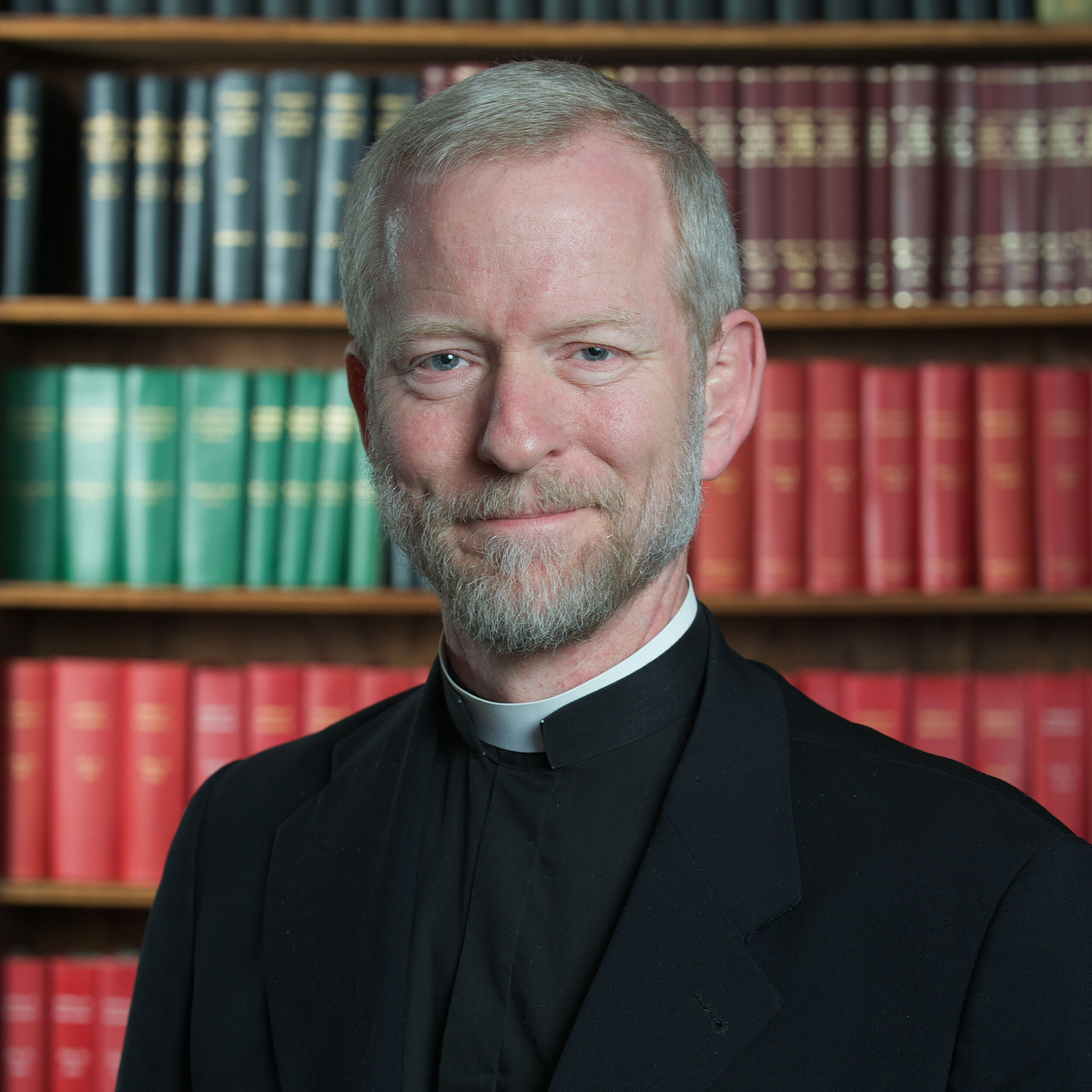Making Sense of Bioethics: Column 017: Bodies in Plastic
An exhibit called “Body Worlds” has been touring the United States and generating some animated discussion in its wake. It puts the human body on public display in various poses after the body has been filled with a kind of plastic preservative. The bodies are posed, for example, as a rider on a horse, where the body of the horse is also plasticized. By removing skin and various layers of musculature to expose internal organs, it is possible to literally look inside the body and see its inner structure. In one exhibit, an expectant mother has been cross-sectioned to reveal her unborn child, while in another, a man has been peeled down to his muscles, and he carries his skin on his arm like an old raincoat. The exhibit is billed as an educational exhibit, teaching people about the internal structure and organization of their own bodies. Yet some people find the exhibit “edgy”, causing more than a tinge of discomfort, and they wonder whether there aren’t ethical concerns associated with putting the human body on display in this way.
One potential problem associated with such a display involves consent. In general, consent is very important, and should always be sought for organ or bodily donation. Informed consent seems to be a recurrent theme in regards to this exhibition, since some of the bodies which have been on display in the past may not have had convincing documentation of informed consent. Several of the bodies may have originated from natural disasters in which the victims could not be identified. Hence, one can inquire whether all of the subjects really approved of their new “show business careers”, or as one commentator, half tongue-in-cheek, mused about the matter: “Dear World: Please don’t let them pump plastic into me and exhibit me naked, without half my skin, playing tennis. I hate tennis.” Obtaining valid informed consent, moreover, may not really be possible when children or infants in utero are put on display, even though it is true that medical schools and museums have a rather long history of preserving human fetuses and embryos in formaldehyde for teaching and educational purposes.
Obtaining consent from adults, on the other hand, is not necessarily a difficult proposition. The organizer of the Body Worlds exhibit claims that more than 6000 people have already signed the dotted line for their own future “plastination.” Many individuals are happy to donate their bodies to science. As an undergraduate student, I learned a great deal about human anatomy by doing dissections in an anatomy and physiology class, using the cadaver of an elderly lady who had freely donated her body to science.
But what about the display of bodies where consent cannot be obtained? When dealing with situations like museums displaying ancient Egyptian mummies, or tourists observing the remains of believers in the catacombs under Rome, or archaeologists examining skeletal remains exhumed from digs, such consent can probably be presumed, assuming that certain conditions are met:
1. Their remains are not being used in a disrespectful manner;
2. There is an educational, spiritual or inspirational end being realized by the use of the remains;
3. There was no indication left by the individuals or their relatives explicitly stating that they did not want the remains to be used in this public service;
4. The death of the individual was not intentionally caused in order to procure the body or the tissues.
Whether the use of human bodies in Body Worlds will be acceptable will largely depend on intense discussion surrounding the first and second conditions. Are the bodies being posed provocatively or being made to engage in immoral activities while on display, or are they set up in respectable, fundamentally decent poses? Since it is a public display, are the actions represented appropriate for public viewing, including by children? There may also need to be assurance that the bodies on display, or parts from those bodies that were removed during their preparation, will ultimately be properly disposed of either through burial or cremation, as a sign of our respect for the remains of the dead.
The fact that the traveling cadaver exhibit has already drawn more than 18 million visitors worldwide indicates a deep-seated fascination with understanding our own bodies. One might even argue that such an exhibit could prompt some soul searching and further discussion of human frailty and the meaning of our own mortality. An exhibit revealing the human child in utero by a simple cutaway can serve as a powerful reminder about the reality of the pro-life message. The Body Worlds exhibit clearly does open a unique window onto the inner workings of the human body in a way that straddles the line between enlightening and edgy.
Copyright © 2020, The National Catholic Bioethics Center, Philadelphia, PA. All rights reserved.

